Back exercises are essential for building a strong, balanced, and injury-resistant body—and rows are one of the most fundamental movements to achieve that. While traditional row exercises often rely on barbells, dumbbells, or cable machines, resistance bands offer a portable, joint-friendly, and equally effective alternative.
In this guide, we'll show you how to do rows with resistance bands, covering everything from technique and variations to programming tips and FAQs. Whether you're a beginner working out at home or a seasoned athlete looking for variety, resistance band rows can enhance your routine.
Benefits of Row Exercises
Row movements primarily target the muscles of the upper and mid-back, including:
- Latissimus dorsi (lats) – large muscles responsible for pulling and back width
- Rhomboids and trapezius – key for posture and scapular control
- Posterior deltoids – rear shoulders for balanced shoulder development
- Biceps and forearms – as secondary movers in pulling exercises
Other major benefits include:
- Improved posture by strengthening muscles that counteract forward slouching
- Better spinal alignment, reducing risk of lower back pain
- Functional strength, improving performance in daily life and sports
- Joint stability, especially for shoulders and elbows
Why Use Resistance Bands for Rows?
Resistance bands provide a unique and highly adaptable training stimulus. Here's why they work so well for rows:
✅ Portable and Convenient
Bands are lightweight and compact, perfect for home workouts, travel, or outdoor sessions.
✅ Scalable Resistance
Different band thicknesses and positions allow for easily adjustable resistance—perfect for beginners and advanced lifters alike.
✅ Joint-Friendly
Unlike heavy free weights, bands offer variable resistance that increases as you stretch them—reducing stress on joints during the start of the movement.
✅ Versatile Angles and Setups
You can perform rows sitting, standing, kneeling, or anchored at different angles for variety and muscle emphasis.
Types of Resistance Band Rows
Let's look at the most effective variations of resistance band rows:
- Seated Row – Targets the mid-back with controlled tension
- Bent-Over Row – Great for building lats and posterior chain
- Standing Row with Anchor – Mimics cable machine rows
- Single-Arm Row – Enhances unilateral strength and core engagement
Step-by-Step Guide to Each Row Variation
Seated Resistance Band Row
Setup:
- Sit on the floor with legs extended.
- Wrap the band around the soles of your feet and hold the ends with both hands.
Execution:
- Sit upright with a straight spine and slight bend in your knees.
- Pull the band toward your torso by driving elbows straight back.
- Squeeze your shoulder blades together at the peak.
- Slowly return to the starting position.
Tips:
- Avoid leaning backward or shrugging your shoulders.
- Keep wrists neutral and elbows close to the body.
Bent-Over Resistance Band Row
Setup:
- Stand with feet shoulder-width apart.
- Step on the middle of the band and hold the ends.
- Hinge at your hips to lean forward ~45 degrees with a flat back.
Execution:
- Row the band handles toward your lower ribs.
- Squeeze the shoulder blades at the top.
- Lower with control.
Tips:
- Keep your back flat throughout the movement.
- Slight bend in knees for balance.
Standing Row with Anchor
Setup:
- Attach your band to a door anchor or secure post at mid-height.
- Stand facing the anchor with handles in both hands.
Execution:
- Step back until there's tension on the band.
- Pull the handles toward your torso, keeping elbows close.
- Pause at the top, then release slowly.
Tips:
- Maintain a neutral spine and core engagement.
- Don't lean too far back—let the band create resistance, not your bodyweight.
Single-Arm Resistance Band Row
Setup:
- Anchor the band at a low point or stand on it with one foot.
- Hold the band with one hand.
Execution:
- Brace your core and row the band toward your hip.
- Allow your torso to rotate slightly if doing dynamic rows.
- Slowly lower and repeat.
Tips:
- Great for correcting muscle imbalances.
- Focus on full range of motion and control.
Programming Resistance Band Rows Into Your Routine
🏋️ For Muscle Growth (Hypertrophy):
- 3–4 sets of 10–15 reps
- Use a medium-heavy band that allows near failure at 12–15 reps
💪 For Strength:
- 4–5 sets of 6–8 reps
- Use a thicker, higher-resistance band
🧘 For Endurance or Activation:
- 2–3 sets of 15–25 reps
- Lighter bands, focus on mind-muscle connection
Frequency:
- 2–3 times per week
- Include rows in your pull days, full-body days, or upper-body splits
Tips for Progression and Variation
- Increase resistance: Use thicker bands or double them up
- Change tempo: Try 3-second eccentrics or 1-second holds
- Modify grip: Overhand, neutral, or underhand grips affect muscle recruitment
- Combine with isometrics: Pause at peak contraction to intensify the movement
Common Mistakes to Avoid
🚫 Using momentum – jerking the band decreases effectiveness
🚫 Rounding your back – always maintain good posture
🚫 Not squeezing shoulder blades – mind-muscle connection matters
🚫 Band too slack or too tight – aim for continuous tension throughout
Resistance Bands vs. Cable Rows or Free Weights
| Aspect | Resistance Bands | Cable/Free Weights |
|---|---|---|
| Portability | High | Low |
| Progressive Overload | Moderate (via band thickness) | High (add weight plates) |
| Joint Safety | Excellent | Moderate to High |
| Versatility | High | Moderate |
| Muscle Activation | Effective, especially with control | High with proper form |
👉 Conclusion: Resistance bands offer a safe, scalable, and versatile way to train rows, particularly for beginners, home-gym users, or those recovering from injury.
Frequently Asked Questions (FAQs)
Q1: Are resistance band rows effective for building muscle?
Yes! When done with proper form and progressive resistance, band rows can stimulate muscle growth, especially for beginners and intermediates.
Q2: Can beginners use resistance bands for rows?
Absolutely. Bands allow for low-impact, controlled movements—perfect for learning proper technique.
Q3: What if I don't feel it in my back?
Try slowing the tempo, focusing on squeezing your shoulder blades, and avoiding momentum. Also, adjust the band tension or grip position.
Q4: How do I choose the right band?
Start with a medium-resistance band. If you can do more than 15 reps easily, it's time to go thicker.
Q5: Can I do rows every day?
It's best to allow 48 hours between intense sessions for the same muscle group to promote recovery and muscle growth.
Conclusion
Rows are foundational exercises for developing a strong and balanced upper body—and resistance bands make them more accessible than ever. Whether you're training at home, warming up for a gym session, or just looking for joint-friendly alternatives, resistance band rows are a powerful tool.
The key is consistency, control, and smart progression. Choose the variation that fits your goals, master the form, and gradually increase the challenge. Your back—and your posture—will thank you.

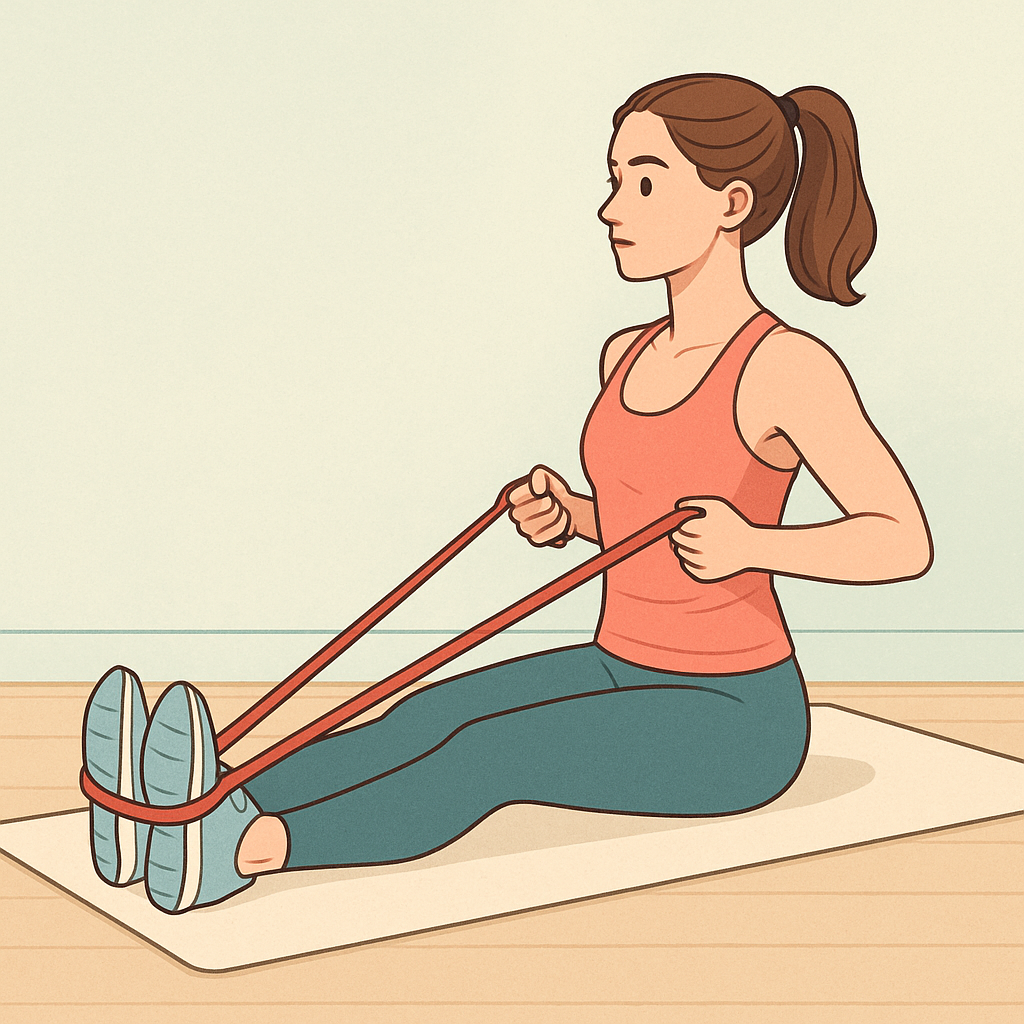
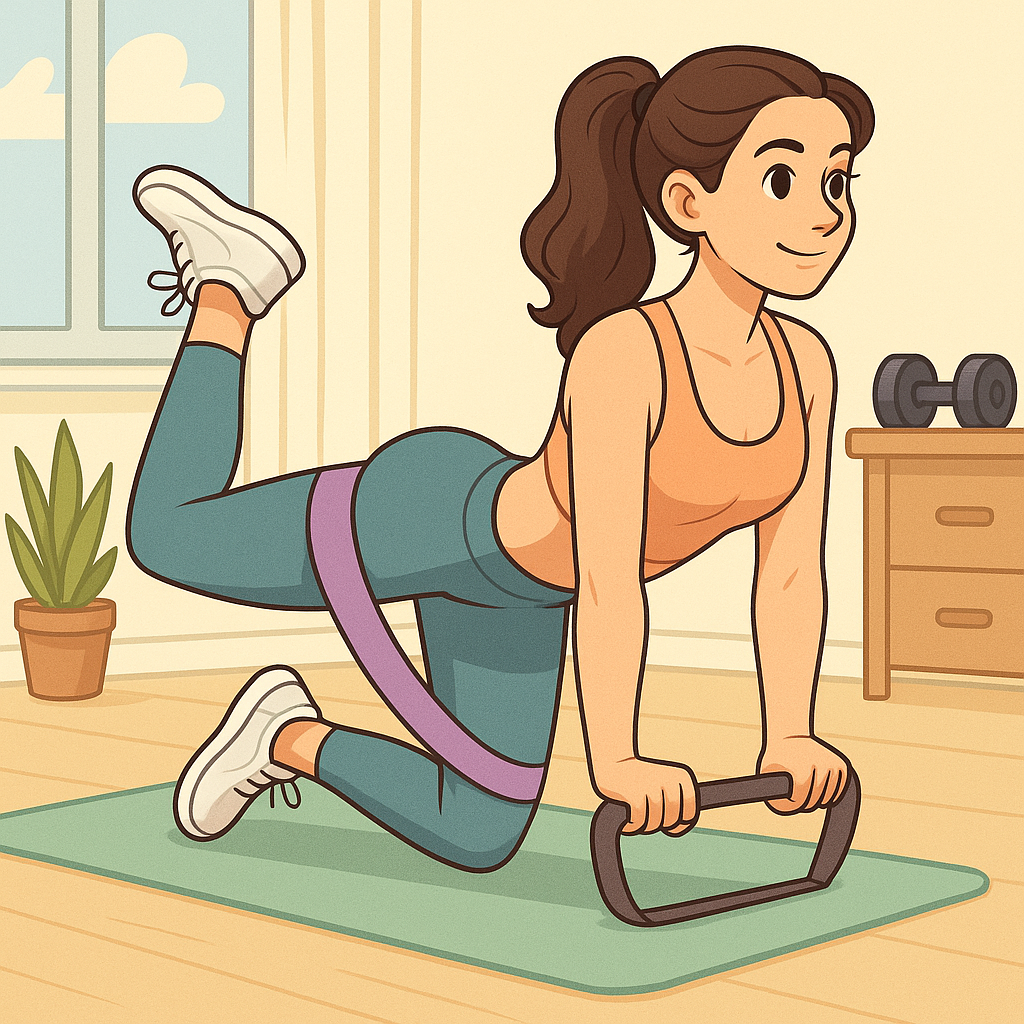
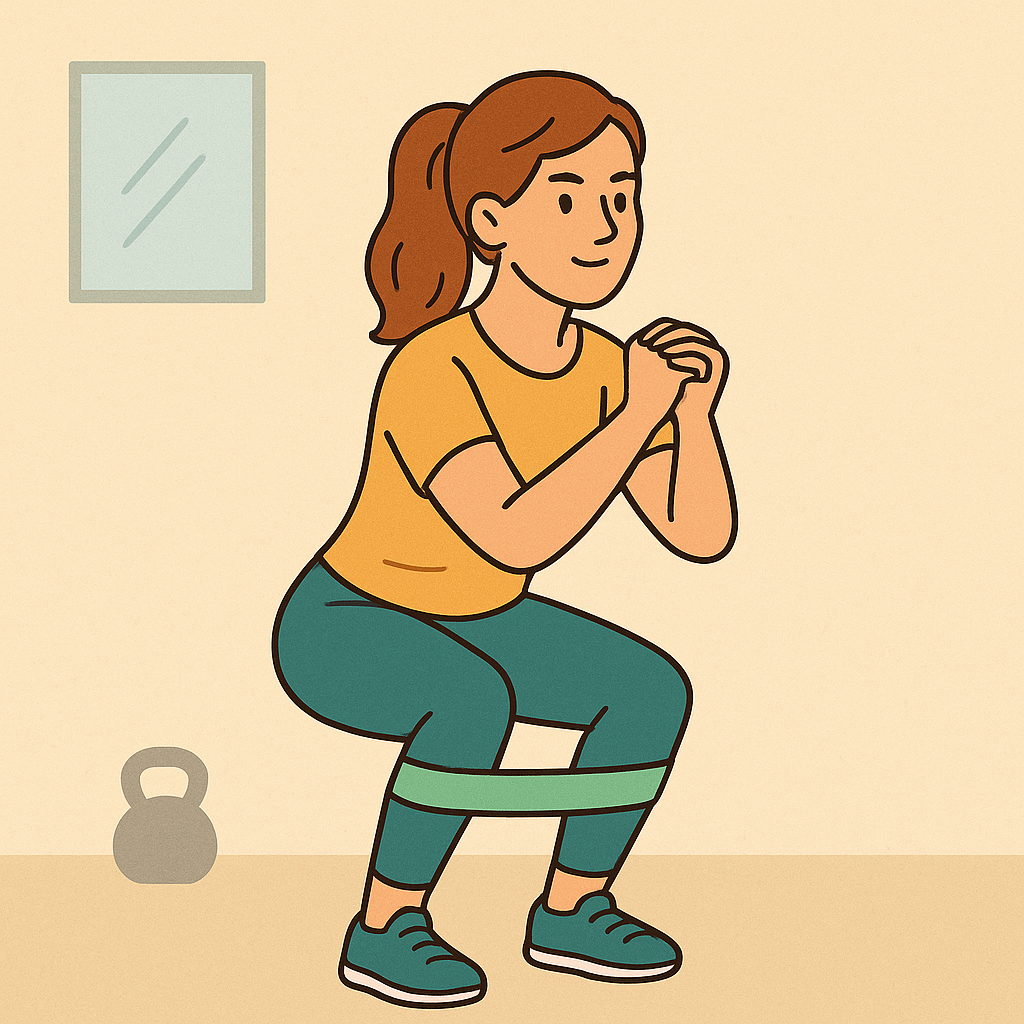
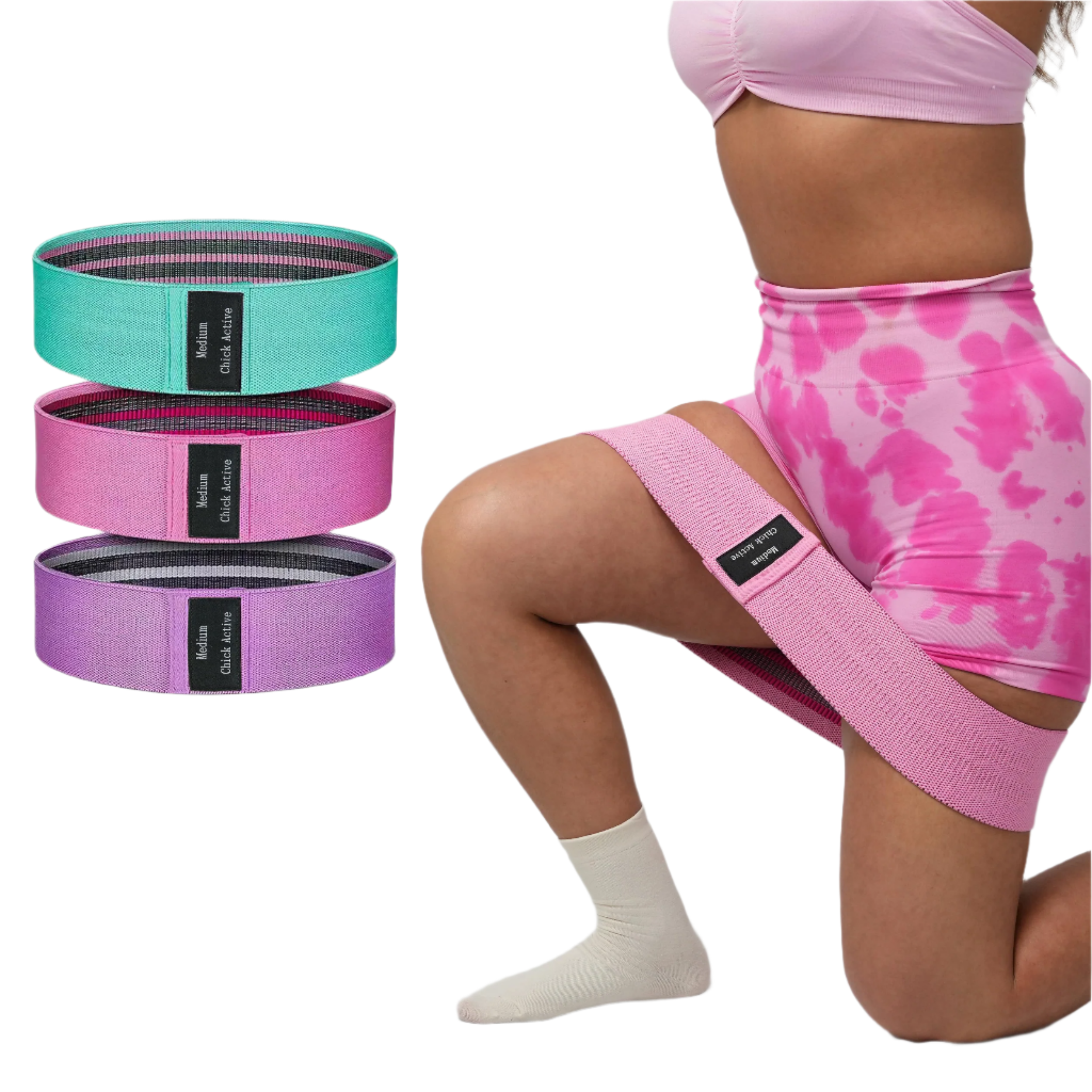
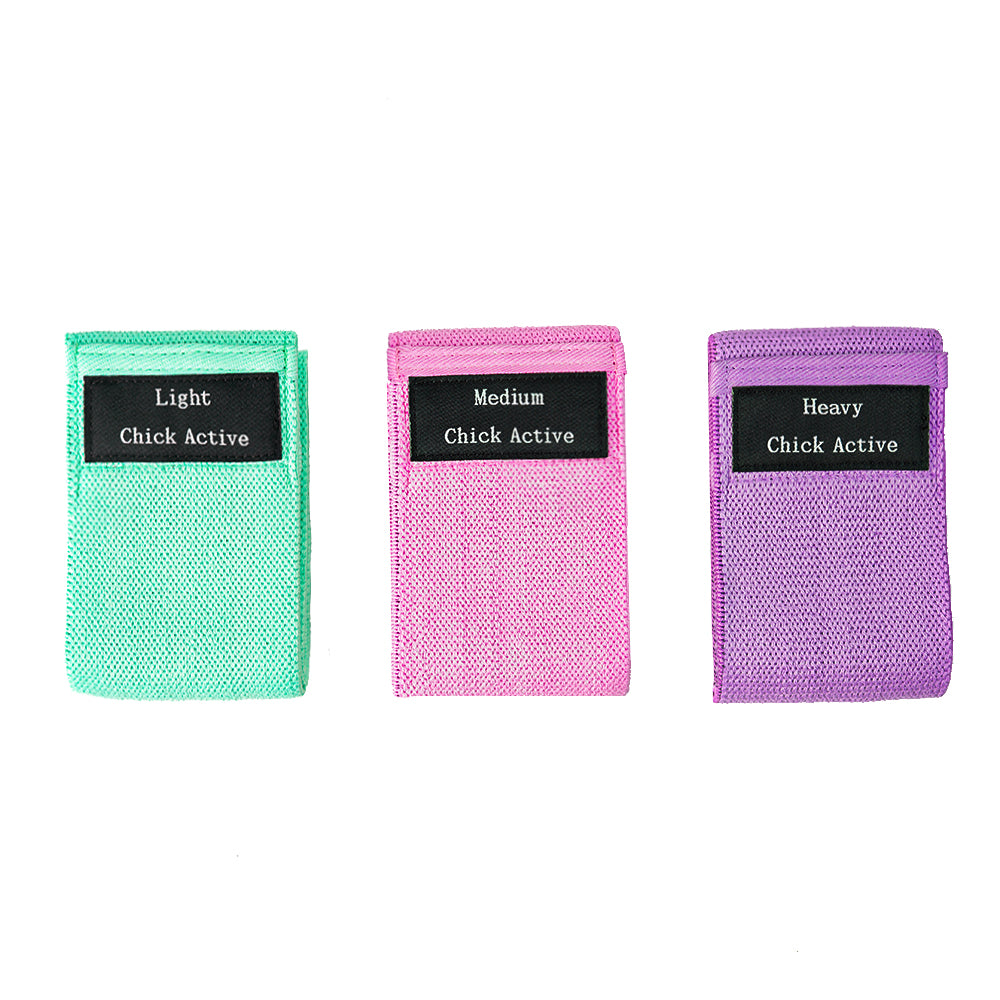
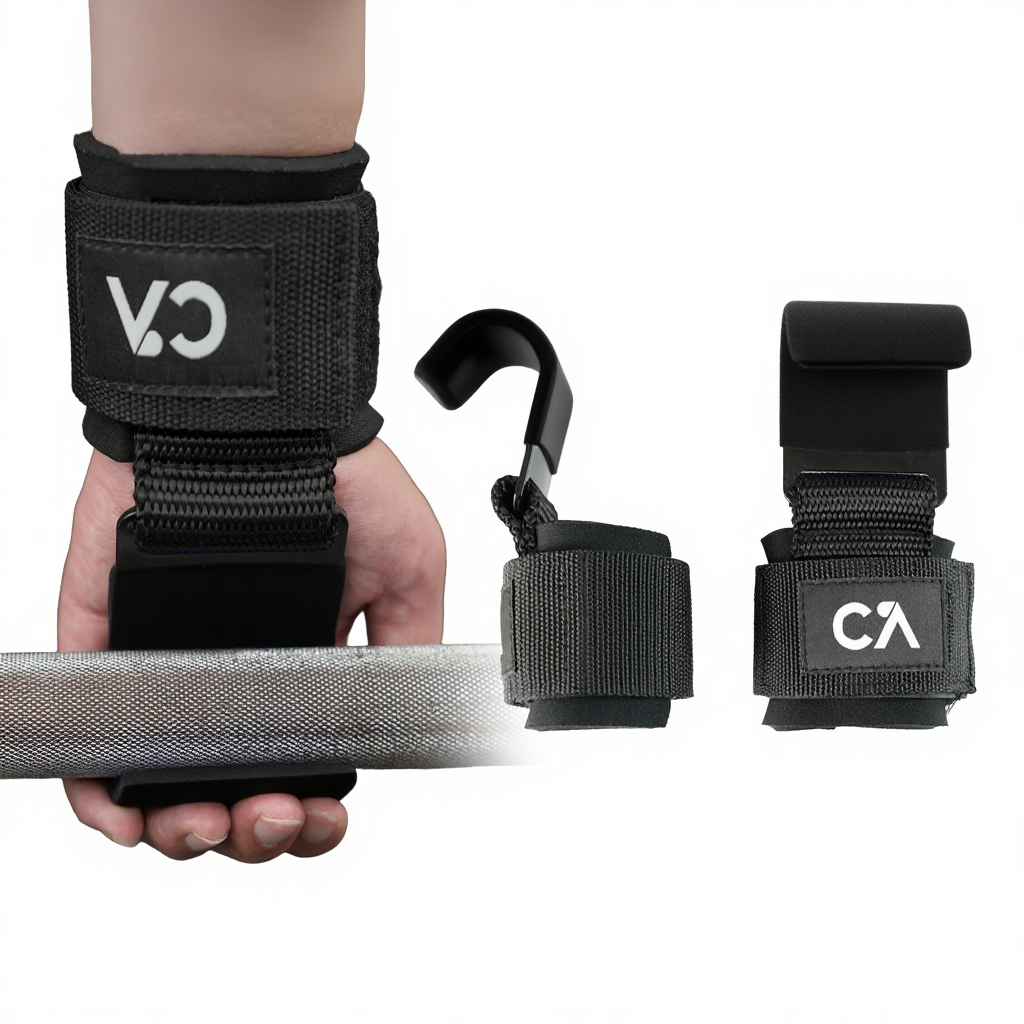
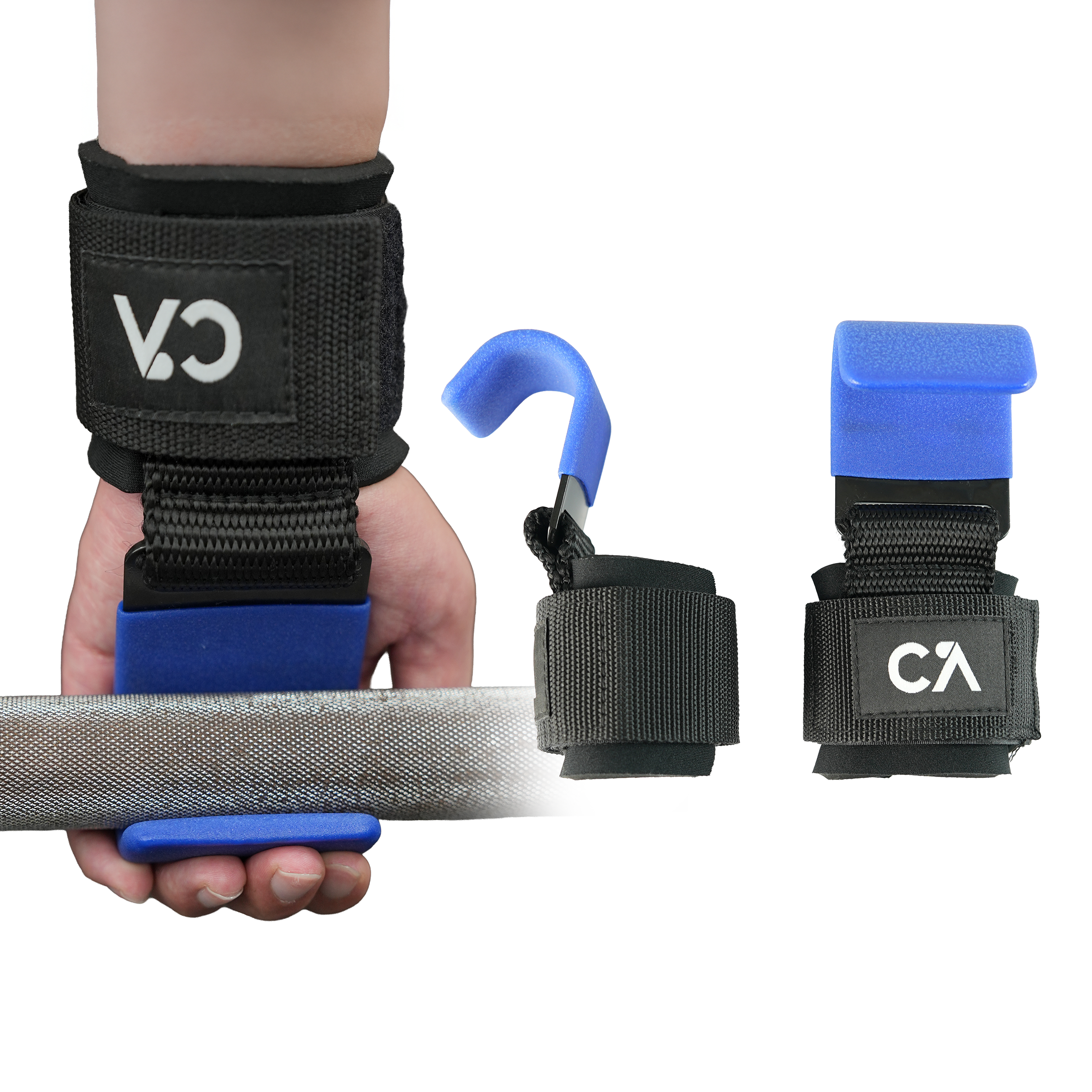
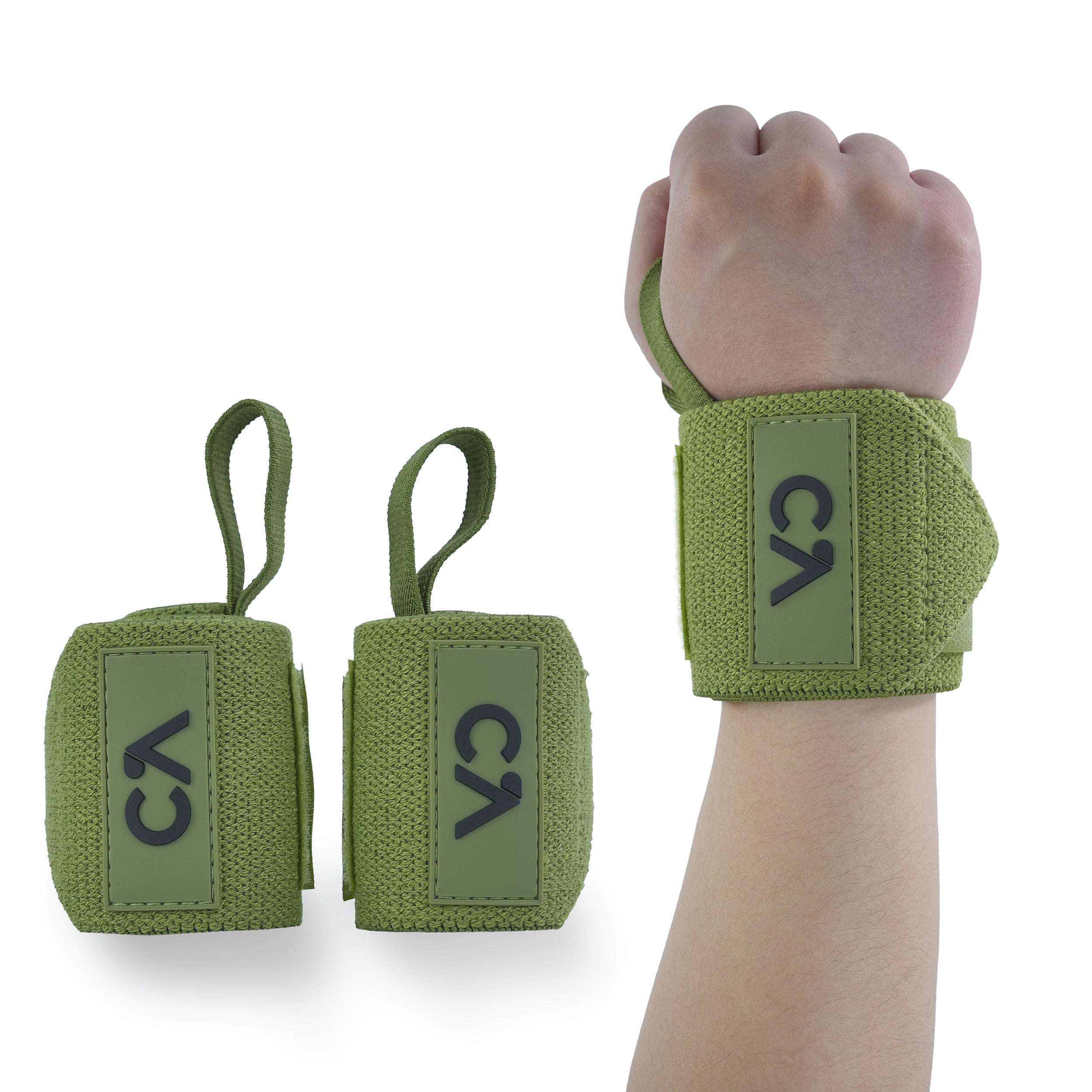
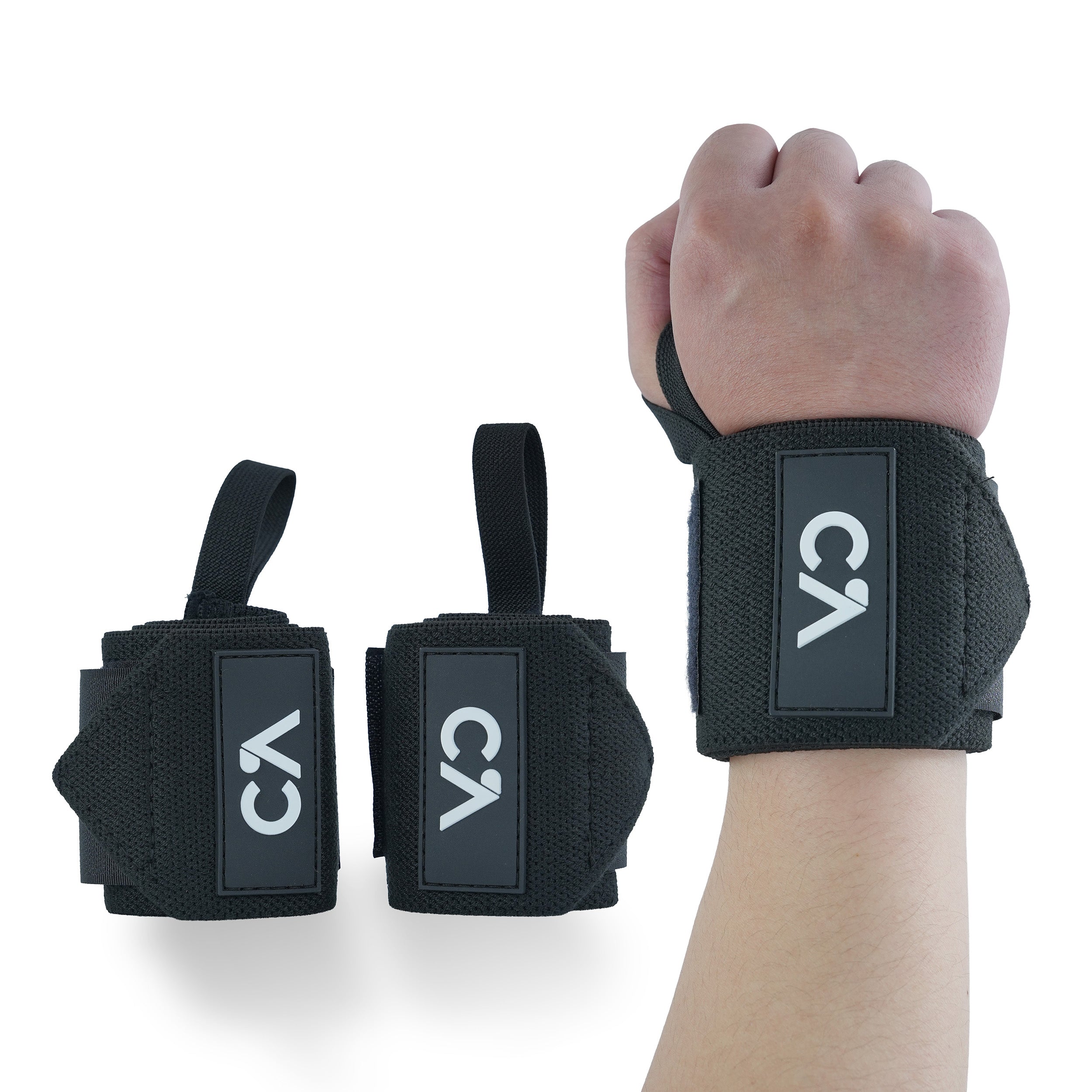
Leave a comment
All comments are moderated before being published.
This site is protected by hCaptcha and the hCaptcha Privacy Policy and Terms of Service apply.